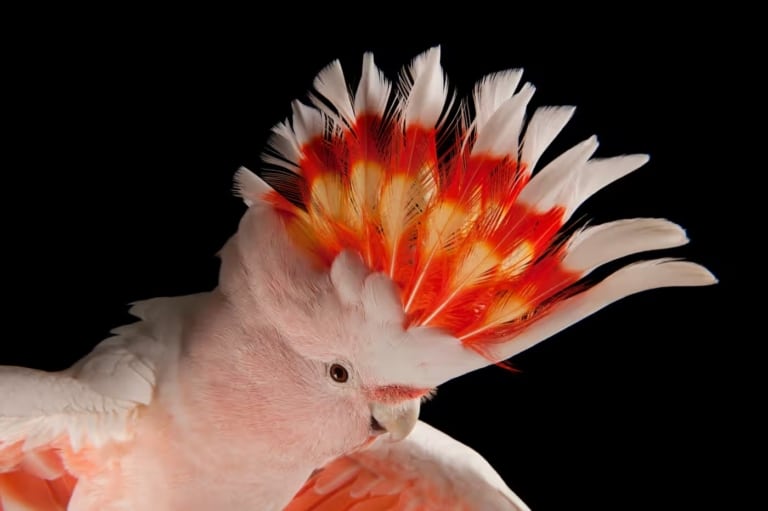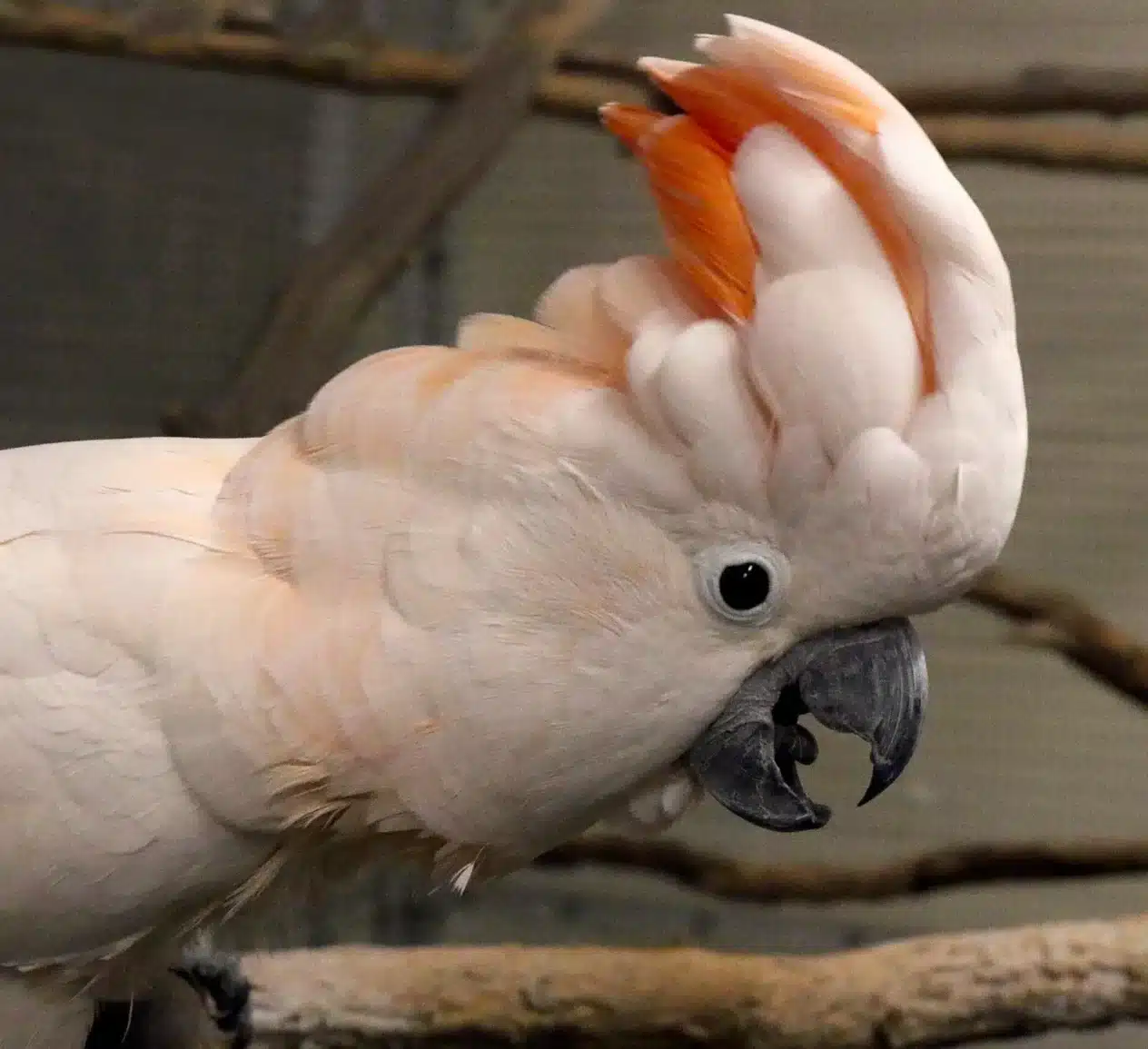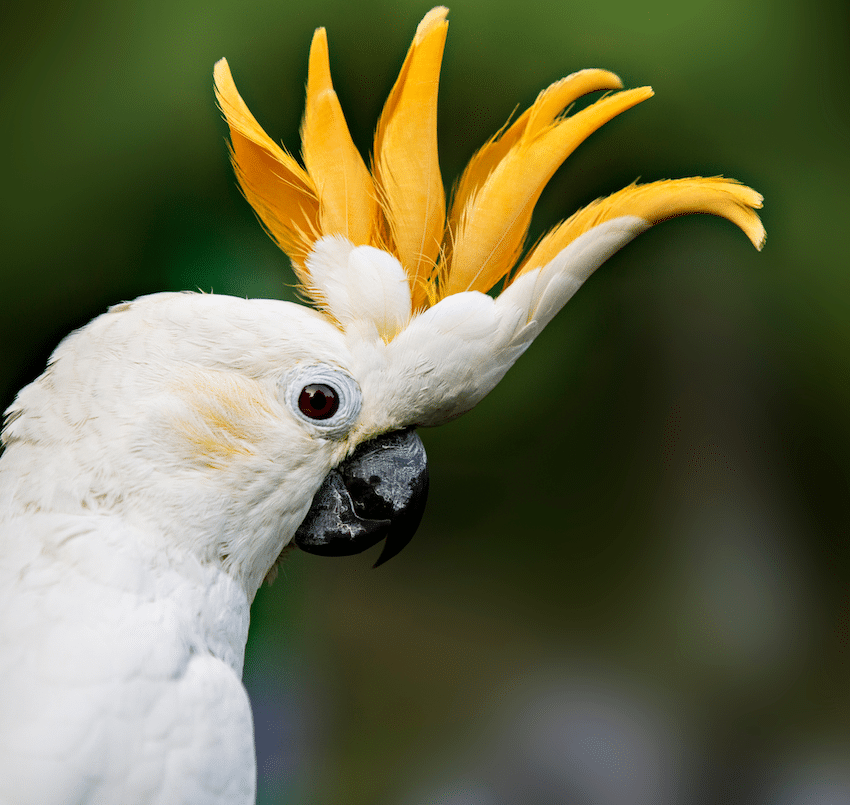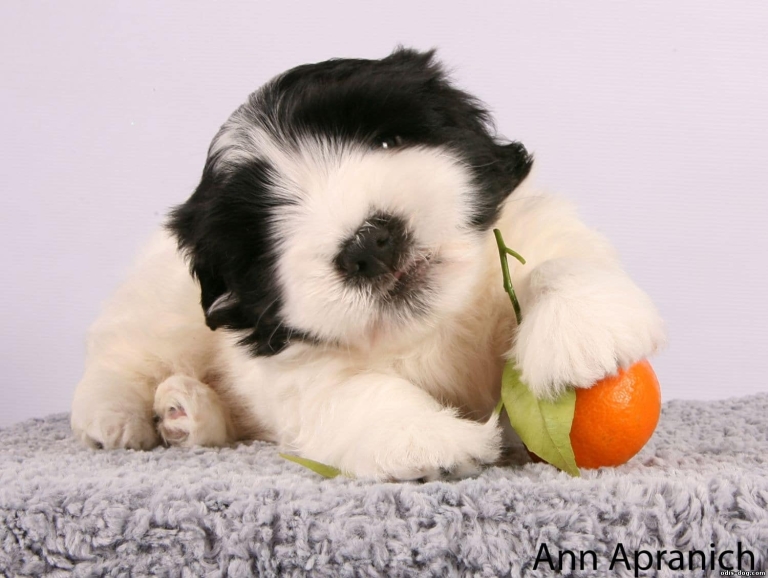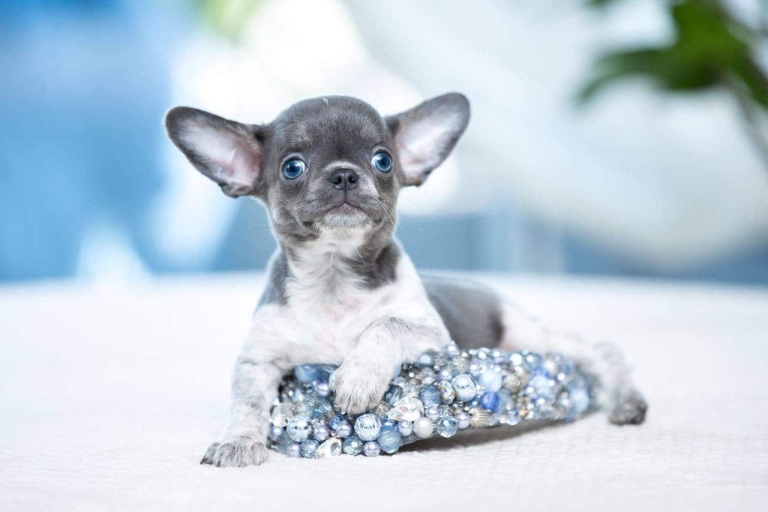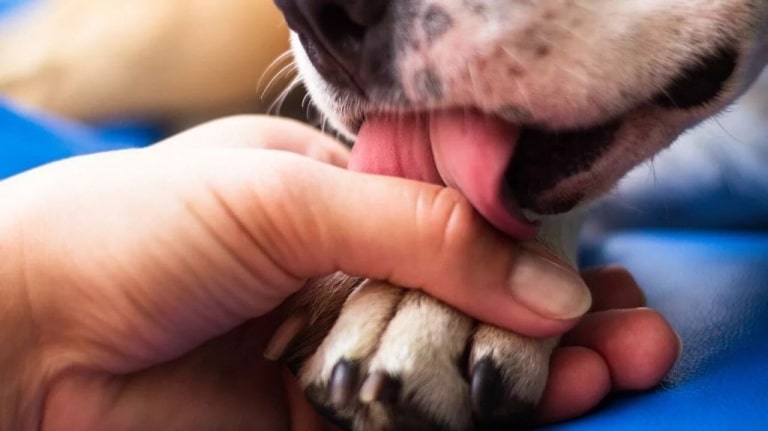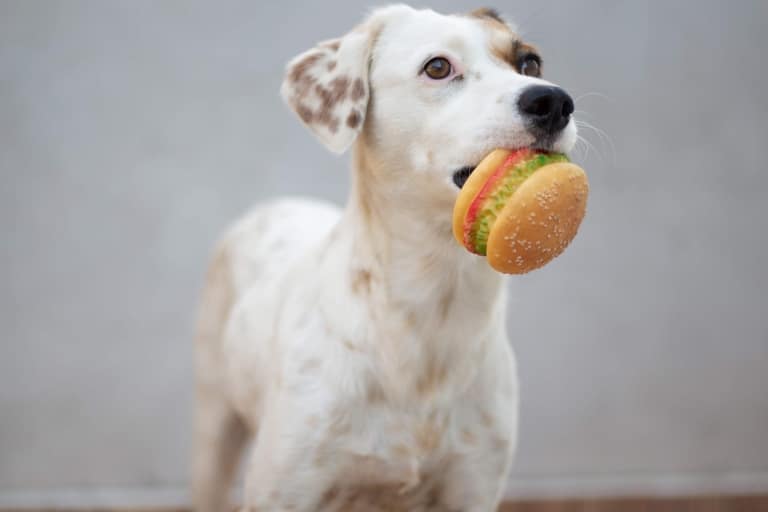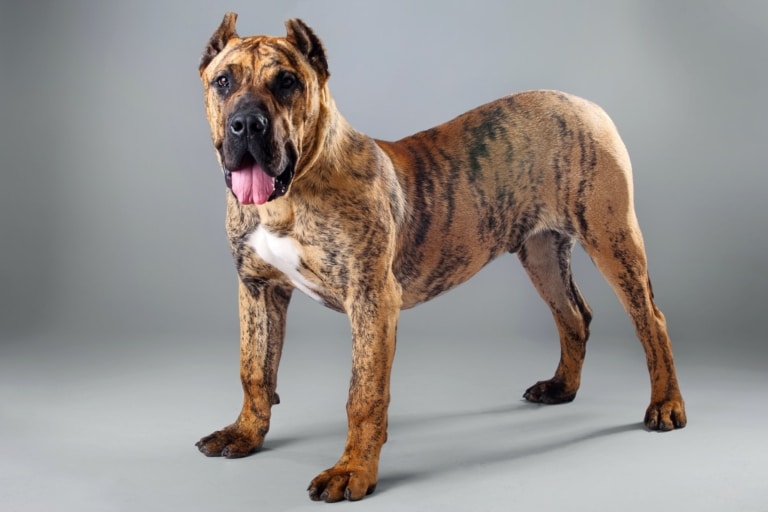Among the many colorful and vocal parrots, it is the cockatoo that strikes the most. This breed of parrots is a full-fledged friend, interlocutor and even a psychotherapist. They are adored for their intelligence, emotionality, extreme affection for humans and, of course, for the famous bangs that rise up as soon as the bird has emotions. In this article we will tell you about the most interesting facts about the cockatoo breed, their behavior, needs, peculiarities of care and why these birds are not for everyone, but for someone – a real treasure.
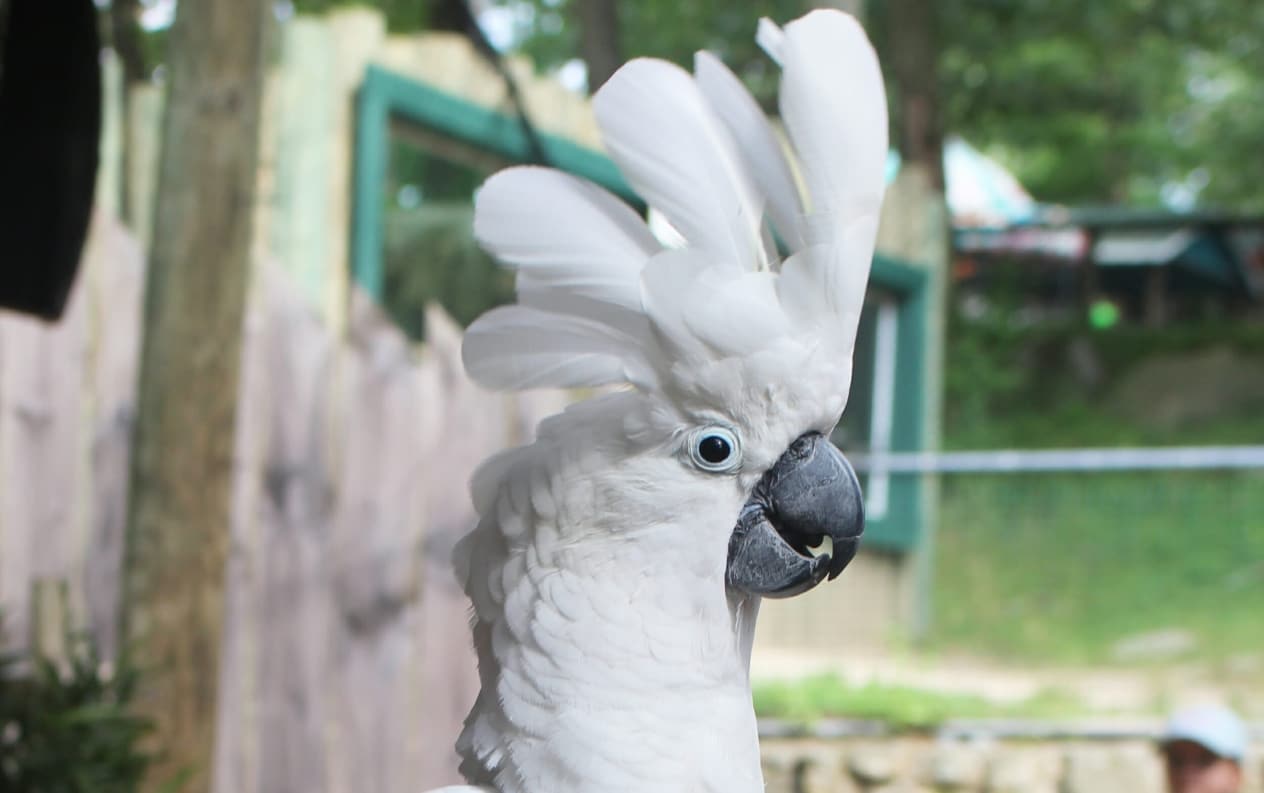
Origin and features of cockatoos
Cockatoo parrots are not just birds with a luxurious crest, but true stars of the feathered world. They originate from Australia, New Guinea, the Philippines and some islands of Indonesia, where they live in the wild among eucalyptus forests, savannahs and coastal areas. They get their name from the Malay word “kakatua”, which means “crested parrot”. And indeed – their luxuriously mobile crest has become a trademark that instantly distinguishes the cockatoo from other parrots.
Today, there are about 21 species of cockatoos that differ in color, size, and behavior. The most famous of these are the pink cockatoo, yellow-cockatoo, inca cockatoo, white cockatoo and palm cockatoo. They range in size from 30 to 70 cm, weigh up to 1 kg, and have a lifespan of up to 60-80 years, making them literally lifelong family members.
Cockatoos are also unique in their mental abilities. They are some of the most intelligent parrots on the planet. They are able to learn up to several dozen words, memorize objects, perform tricks and even… dance to the rhythm of music, which has been confirmed by research by neuroscientists. In addition, cockatoos are easy to learn, but can be stubborn – they are interested not only in people, but also in everything that happens around them.
Visually, cockatoos are easy to recognize: except for the bangs, they have cream, pink or white coloring, a strong curved beak and expressive dark eyes that seem to always be up to something. Their appearance is often associated with fairy-tale creatures, and not without reason: a living cockatoo looks as if it was created by artists, not nature.
Character and behavior of cockatoos
The cockatoo is an emotional, sensitive, hyperactive creature that constantly needs interaction. Its character is similar to a child’s: cheerful, playful, at the same time vulnerable and very resentful. They can fall in love with the owner so much that they begin to guard him from other family members or even show jealousy – like a small child who does not want to share his favorite toy bear.
Cockatoos have a powerful voice. Sometimes too powerful. If a cockatoo parrot doesn’t get attention or is bored, it may scream in a way that the whole street can hear. This is an attempt to say “I’ve been left behind!”. They become very emotionally attached to humans and have a hard time tolerating loneliness. If a cockatoo is left alone for a long time without socialization, it can become depressed and in severe cases, it can begin to pluck its feathers.
At the same time, they are incredibly affectionate, contact birds. They can cuddle with their beaks, lie on their backs in the palms of your hands, purr softly, or even try to soothe you if you are irritated. Their eyes are always “on” – a cockatoo literally reads human emotions and tries to reflect its state. This is why many people call it the most human of all parrots.
The cockatoo also loves to play. He will scatter things, open cupboards, turn over bowls if something catches his attention. Therefore, a safe environment is a must. If you don’t want him to take apart your TV remote or eat his favorite napkin, it’s better to give him toys or special thinking tasks. And remember: if he’s bored, your home will become chaotic.
Care, maintenance and health
A cockatoo needs a dedicated space in your life, time and heart. First, a cockatoo needs a large cage or aviary – there should be enough space for the bird to spread its wings, climb, sleep and play. Optimally, an aviary with wooden poles, toys, bells, cords and objects for chewing, because a cockatoo’s beak is as strong as a pliers and constantly requires strain.
The bird must necessarily go out of the cage every day. This can be flights around the apartment (in a safe environment) or walks on the shoulder or a special wooden structure. Contact with the host is needed not a few minutes, but at least an hour or two a day. Ideally, even more. Otherwise, the cockatoo becomes bored, mentally distressed, may become aggressive or overexcited.
Ration should be a minimum. The basis of the diet should be fruits, vegetables, greens, sprouted grain, special feeds for cockatoos with vitamin supplements. It is categorically forbidden to give chocolate, avocado, salt, sugar, fried and dairy products. The diet should also contain a source of calcium, e.g. sepia or mineral stone.
As for health – the biggest danger to cockatoos is not viruses, but stress and loneliness. It is mental disorders that most often lead to problems: plucking feathers, aggression, refusal to eat. Regular visits to the ornithologist, proper nutrition, hygiene, moisturizing the air – this is the basis for a long and healthy life. And, of course, love.
If you’re just looking for a colorful piece of jewelry, you’re not looking for a cockatoo. But if you’re ready to give a part of your life to an intelligent, sensitive, loyal feathered friend, a cockatoo will thank you with something much more. It will give you a sense of deep connection that only comes with a creature that understands more than we tend to think.

